In my last tutorial, I talked about heroes who are too perfect. In that same line, writing scenes that are too nice will lose your readers’ attention. Scenes that just meander on in Niceness, exuding lovely scenery, quiet dinners, bits of dialogue that mean nothing are boring. Something has to happen, even subtly, or the scene needs the ax. Chop. Chop.
Not that it’s bad to depict goodness in characters — but there has to be conflict — even among good people. Story is conflict. It can be simple and understated. You might introduce it through an underlying way that words are spoken over tea. Or perhaps it can be troubled thought, though all seems well on the outside. It can be the fun time that two characters are sharing which the reader senses will result in severe repercussions later on. (Think of Anne of Green Gables attempting to dye her hair.)
When you’ve written a scene, go through it and try to define the point of conflict. What is it? Is it clear? Is it compelling enough to move the story forward? Every scene should make the reader turn the page, not lay the book down.
Exercises:
- Go through one of your stories you haven’t looked at lately so that you have a fresh, unbiased eye. Examine each scene. Is it boring? Is something happening to move the story onward? If not, fix it by adding conflict or get rid of it.
- Take a book you’re currently reading and begin to make mental notes of what conflict is happening in each scene. What is causing you to turn the page? Make note if a scene is boring to you and why. Would the story have been better – stronger – if the author had gotten rid of that scene, or heightened it with stronger conflict?
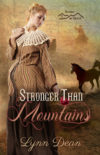
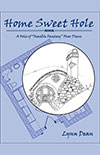

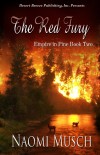
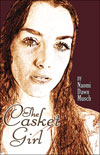
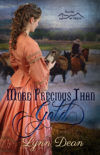


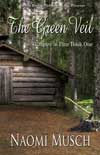







Speak Your Mind
You must be logged in to post a comment.